- 290 Posts
- 62 Comments
Some apps provide a timer. Not as convenient though, of course.
I tried it but didn’t see an option. Only the rectangular selection.
Right. I’m using this for war gaming under some time pressure. So I’m looking to optimize. A detour to Gimp means at least double the time.

 10·22 days ago
10·22 days agoLooking at all the responses here, it is a quite successful troll post.

 161·26 days ago
161·26 days agoAutomotive developers successfully switched from barely-knowing-C to barely-knowing-C++. Surely, they will be equally successful in switching to barely-knowing-Rust.
Orcs in Tolkien’s work were rather a stand in for German soldiers since he fought them in WW1. Gygax simply sourced monsters from everywhere. Only later they became elevated to sentient beings and a playable race… uh… species now (D&D 2024).

 2·2 months ago
2·2 months agoI’d say “character vs character” is fine as long as as the “players” are both fine.

 5·4 months ago
5·4 months ago“…and then Jack chopped down the beanstalk, adding murder and ecological vandalism to the theft, enticement and trespass charges already mentioned, but he got away with it and lived happily ever after without so much as a guilty twinge about what he had done. Which proves that you can be excused just about anything if you’re a hero, because no one asks inconvenient questions.” ― Terry Pratchett, Hogfather
Turns out, eventually someone will ask inconvenient questions.

 7·4 months ago
7·4 months agoI’ve seen many a good wargame and wargamer spoiled thanks to the fair sex. I’ll detail that if anyone wishes. -Gygax
There is clearly more than dragon alignment. Apparently, Gygax has made some bad experiences and calls out women as a threat to his wargaming (i.e. ttrpg) hobby. It also doesn’t seem to be an off-hand mention since he dares his readers to ask for more.
Btw he wrote this years before he even met Lorraine Williams, so more bad experiences ahead. He was married for nearly twenty years at the time of this quote. Not sure if that means anything.

 2·4 months ago
2·4 months agoI like that many (all?) of the Mausritter one pagers have a d6 table of hooks when using it for a one shot. It gives a little randomization to the start and can result in very different stories.
Luke seems to have campaigns in mind where characters bring context and background.
 4·6 months ago
4·6 months agoA single session should be doable with one or two pages. I like the style the Mausritter community uses a lot. For an example, see the Stumpsville adventure in the base game.
A larger good example is The Waking of Willowby Hall. Multiple pages describing every room in a big mansion.
- There should be a single paragraph intro which can be given to players in advance (so no spoilers!).
- An image is great to convey the mood and style.
- A map is usually useful but think broadly. The map of Stumpsville is more like a picture from the side. Still good enough to say “you are here in now”.
- Offering multiple plot hooks is great to embed it into a larger campaign.
- Lots of bullet point lists and bold text parts to optimize orientation during play.
- To avoid going “off rails”, just state a clear goal. If they go “off rails” then it is a short session.
- Something I miss in many adventures (especially if sandbox style modules) is a sense of urgency. Work some kind of timer into your adventure. Willowby Hall has an escalation mechanism built in which increases danger essentially because time passes. In other words, don’t just “rescue the princess” but also “she gets sacrificed in three hours” and it should be possible to reach her too late.
What I don’t need is a showdown scene. In general, I prefer “adventure sites” rather than “adventure stories”.

 9·6 months ago
9·6 months agoHe has been “playing one campaign or another since mid-2014”. Also, “Of the last three years, one was spent entirely on a level 1-10 campaign of Pathfinder 2E, with the other two years jumping between Shadowdark, Mork Borg, Blades in the Dark, Monster of the Week, and finally a Heart: the City Beneath campaign that’s ending next week.”
Also, he writes “with the exception of PF2E, all the other systems I’ve tried are less mechanically demanding.” So he seems to have at least a vague understanding of multiple systems. Enough to voice an opinion at least.

 19·6 months ago
19·6 months agoThere seems to be a lot of attention on WotC actions, so I guess people are concerned that it might work to turn D&D in this dreaded “lifestyle brand?” Statements like the “it won’t work” in the title serve to convince yourself then.
I don’t care about WotC. There is no threat to anything I’m playing. If they destroy the D&D brand, so be it.
Could it still affect me negatively? Maybe indirectly. If D&D blows up, then RPG community probably shrinks and fewer people join. The most popular game is the entry game for many after all. So it will hurt the many small indie creatives too. Maybe there will be a painful correction. On the other hand, it probably results in a more healthy and resilient community afterwards. Still, I would feel sorry for the people who live on a small RPG business now which might not survive a D&D implosion.

 5·6 months ago
5·6 months agoNothing is wrong with just saying it. In practice, it sometimes doesn’t work out though.
For a very public drastic example, look at the Far Verona rape:
The reaction of the other players at the table while the scene plays out is telling. It appears that no one expected this storyline to go where it went.
Yet, nobody said “I don’t like where this is going.”
To be clear: I don’t blame them for not saying it. Probably, I probably would have been quiet in that situation too. I believe that safety/communication tools are usually not necessary but in rare cases they are. Thus, it is a good practice in general and worth some overhead.

 2·6 months ago
2·6 months agoThe actual paper is directly linked in this press release. It contains three threats to validity:
First, due to the small sample size, demographic factors (such as prior experience with D&D and COVID-19 experiences) could not be entered into the statistical models as control variables. […]
Second, the single-arm design is vulnerable to participant-related effects (participants responding to the demand characteristics of the research situation and placebo effects) and experimenter expectancy effects. […]
Third, due to the age of participants (mean age was around 28), we should be cautious when generalizing these findings to other groups, such as geriatric or paediatric populations.
Overall, this is not very strong evidence. The primary conclusion from the researchers seems to be “promising for further research”.
One curious note:
Interestingly, only two of the five outcome variables were found to change from T1 to T2. This could indicate that the positive effects of D&D take time to manifest or that a threshold of exposure is needed before positive effects begin to manifest.
They had 8 weekly 1h sessions. T1 is “before the first session” and T2 is the middle “after 4 of 8 sessions”. (They also measured T3 “after eight sessions” and T4 “one month after the last session”).
Seems like one shots won’t do it.
Lasers & Feelings and its many hacks is such a really simple system. It is one page including setting.
I only played the hack Blood & Chrome and it worked for us: We had a glorious Mad-Max style chase and fight.

 2·6 months ago
2·6 months agoYou can still sell the original rules as Advanced D&D. :)
I looked up the rules. According to my understanding, here is roughly what happens in a pistol duel:
There are three checks, quite similar to D&D. Who goes first (initiative), hit determination, and wounds. I can see the shared heritage.
For each of these, you have a base number from your stats. Then various modifiers are applied depending on range, movement of shooter, movement of target, wounds, weapon type, and more (e.g. hipshooting is +5 for first shot but -10 for hitting). Collecting and adding all the modifiers is what makes it complicated.
Initiative does not require a roll. Hit determination takes one percentage die roll (d100). The wound takes two d100. Example from the rules: “A first roll of 49 would indicate a wound in the left shoulder, and a second roll of 72 would mean that the wound there was a serious one.” A serious wound means -7 to your strength attribute and shows up in later bonus calculations.
Such a serious wound will take seven weeks to heal assuming proper medical treatment.
Fun fact: The rules contain more than five pages of stats for historical figures like Billy the Kid. :)
Wow, awesome story!
It seems the GM brought a lot to the setting (“I already knew quite a bit about [Tombstone, Arizona]”), so most people would not be able to create such an experience with just the game document.

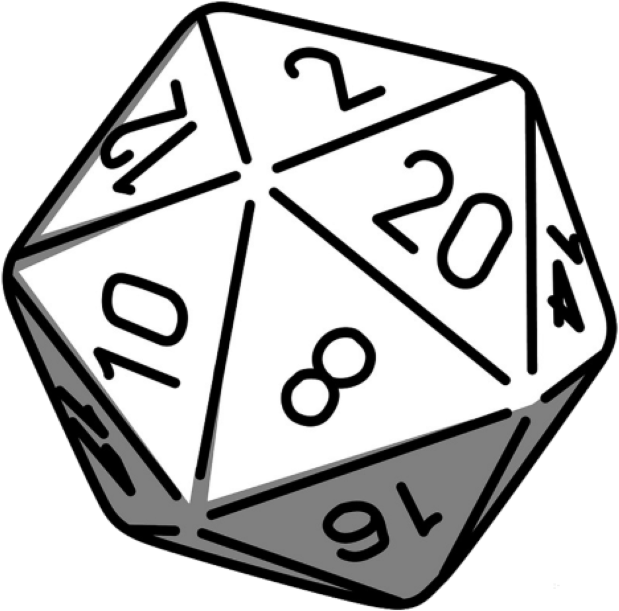













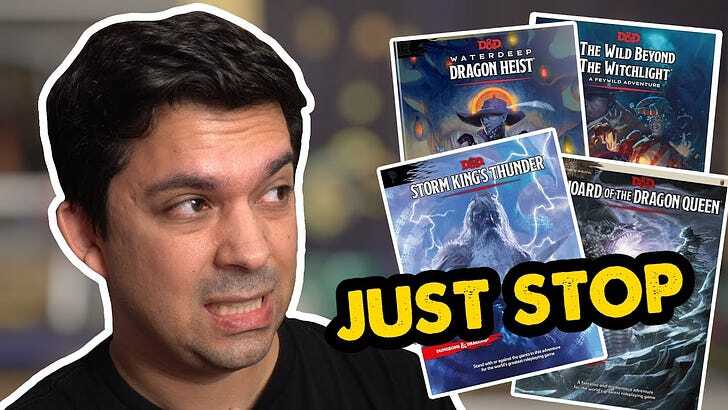
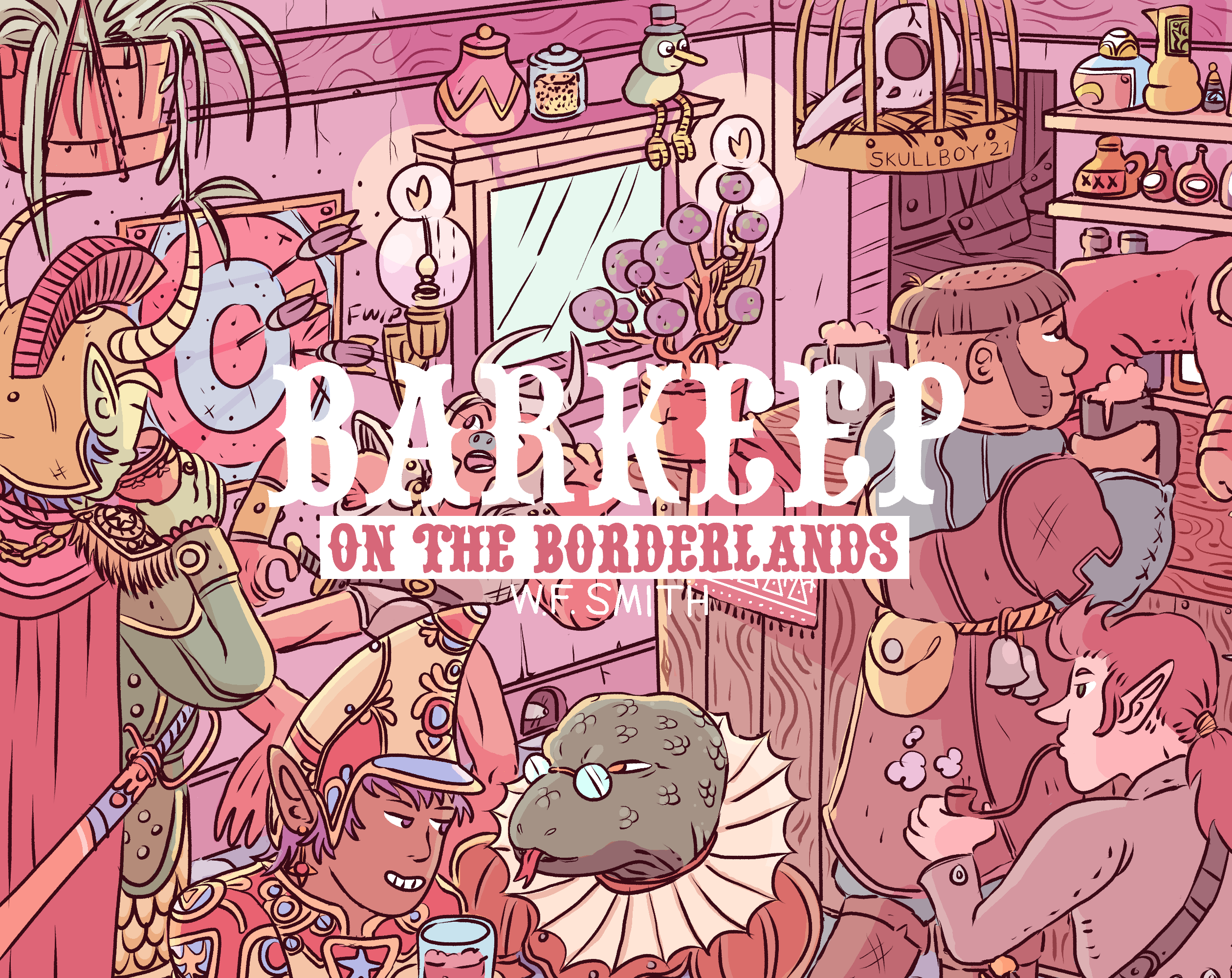
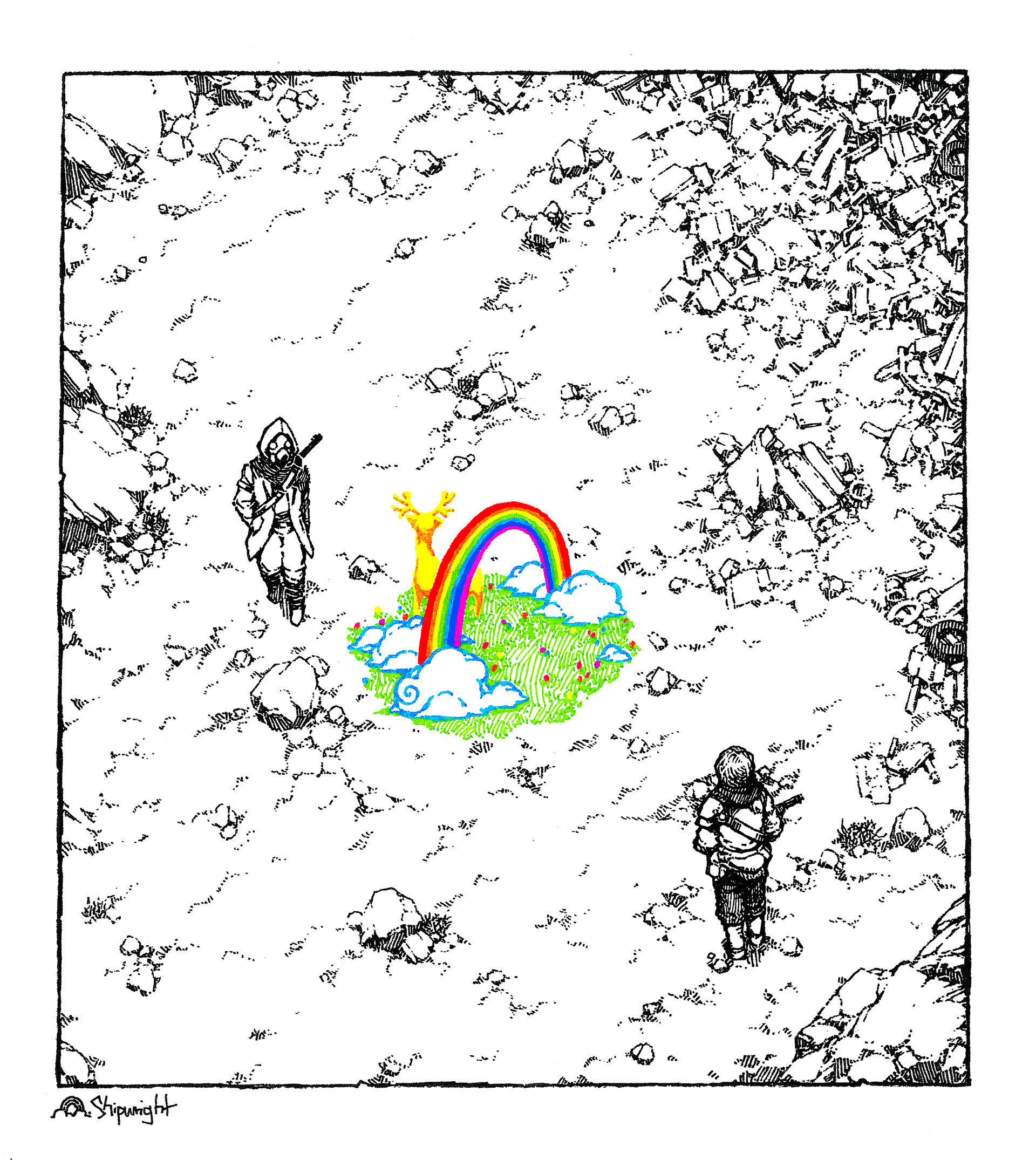
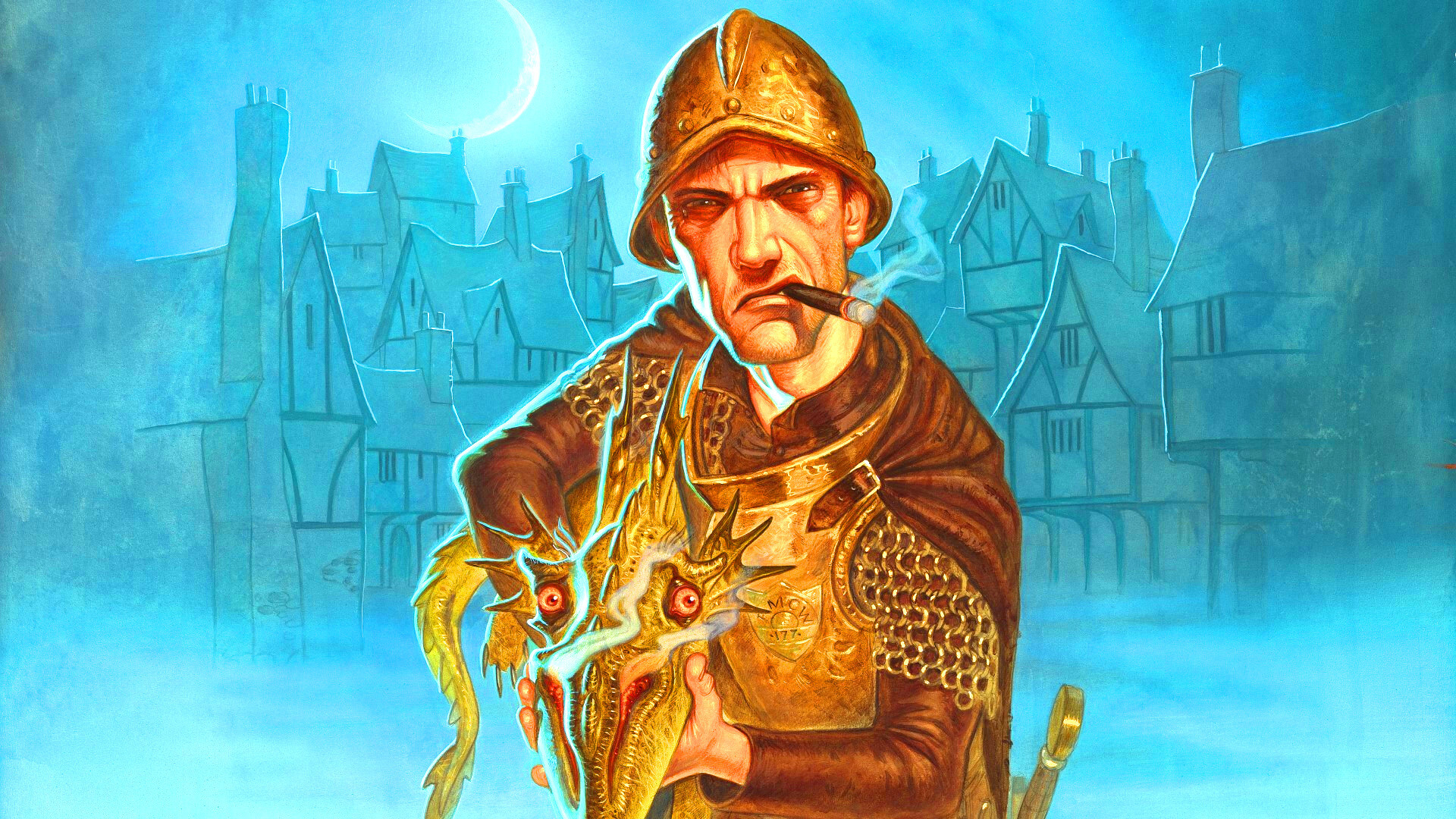
Nice work! Here is my quick brain dump:
By the way, isn’t the light-dark switch inverted?